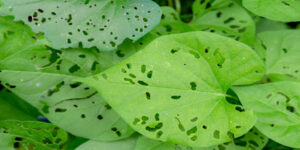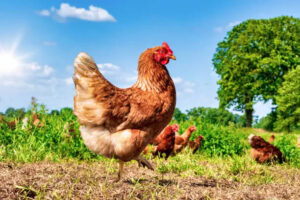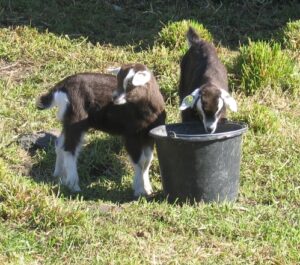When you grow your own garden, you have access to fresh, nutrient-rich produce that is free of pesticides, herbicides, and other chemicals. This can improve the health and wellbeing of you and your family. Home gardens can help to support local ecosystems and promote biodiversity. Growing your own garden can help to reduce your carbon footprint by reducing the amount of energy needed to transport and store produce.
Germinating seeds before planting has several benefits, including:
- Faster germination: By starting seeds indoors or in a controlled environment, you can ensure that they germinate quickly and uniformly, allowing you to get a head start on the growing season.
- Better control over growing conditions: When you germinate seeds indoors, you can control the temperature, light, and moisture levels to ensure optimal growing conditions for each type of seed.
- Stronger seedlings: By starting seeds in a controlled environment, you can provide the seedlings with optimal growing conditions that promote healthy root and stem development. This can result in stronger, more resilient plants that are better able to withstand the stresses of outdoor growing.
- Higher germination rates: Germinating seeds indoors can help to increase the overall germination rate of your seeds, ensuring that you get a good crop of healthy plants.

Germinating seeds before planting can help to give your garden a strong start and increase your chances of success, especially if you are growing plants from seeds that have a long germination time or that require specific growing conditions. Germinating vegetable and fruit seeds is a simple process that can be done in a variety of ways.
Here are the general steps to follow to germinate seeds:
- Choose your seeds: Select high-quality, fresh seeds that are suitable for your garden and the growing conditions in your area. You can purchase seeds from your local nursery, garden center, or online.
- Prepare your containers: You can use trays, pots, or even recycled containers such as egg cartons or yogurt cups to germinate your seeds. Make sure the containers have drainage holes at the bottom to prevent waterlogging.
- Add soil: Fill the containers with a good quality seed starting mix, leaving about 1 inch of space at the top.
- Plant the seeds: Make small indentations in the soil with your finger or a pencil, and place one or two seeds in each indentation. Cover the seeds with a thin layer of soil, and gently press down to ensure good contact between the seed and the soil.
- Water: Water the soil gently using a watering can or spray bottle, making sure not to overwater as this can cause the seeds to rot. Keep the soil moist but not waterlogged.
- Cover and place in a warm location: Cover the containers with plastic wrap or a clear plastic lid to create a mini greenhouse effect, which will help retain moisture and heat. Place the containers in a warm, well-lit location, such as a windowsill or under grow lights.
- Monitor and adjust: Check on the seeds daily and remove the cover once the seeds have sprouted. Keep the soil moist and adjust the temperature and lighting as needed to promote healthy growth.
- Transplant: Once the seedlings have grown their first true leaves, they can be transplanted into larger containers or directly into your garden bed.
Growing your own garden can be a great way to learn about plants, soil, and the natural world. It can also help to build valuable skills such as problem-solving, critical thinking, and planning. Overall, growing your own garden can be a fun, rewarding, and sustainable way to improve your health, reduce your environmental impact, and build valuable skills and knowledge. Read more about the benefits of an organic garden.










